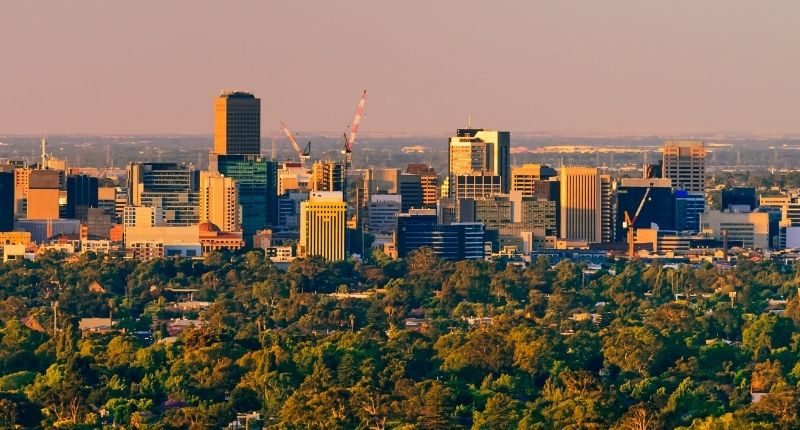- Average greenness fell from 29.52% to 29.22% between 1990-91 and 2018-19
- More than one-third of suburbs have seen their greenness increase during the same time
- Analysis is conducted during summer months
Despite a push for urban infill, Greater Adelaide’s greenness rating has remained steady for the past thirty years, according to a new analysis from the South Australian Government.
The South Australian Government’s analysis has revealed the average greenness rating across Adelaide has decreased slightly from 29.52% in 1990-91 to 29.22% in 2018-19 – nevertheless, a relatively steady level.
Adelaide’s metropolitan area in 2020 had a greenness rating of about 30.6% – the remaining includes houses, buildings, roads, car parks, footpaths and bare earth.
Greenness rating measures how much of a given area consists of green vegetation including trees, shrubs, lawns, ovals and golf courses.
The announcement comes a week after a push began to make Adelaide a National Park City.
Interestingly, between 1990-91 and 2018-19, over a third of Adelaide’s suburbs became greener (174 of 411).
One suburb, Aldinga, increasing its rating by 150%, according to satellite imagery analysis from the Department for Environment and Water.
By contrast, Tennyson is 42% less green than it was in 1990-91. Adelaide Airport as a suburb has also seen a steep fall of 35%.
David Speirs, the Minister for Environment and Water, said the data provides valuable insights for not just the community, but also for the government.
“Easy access to green space has been linked to improved health and wellbeing, and often correlates to the increased desirability of suburbs, ” said Mr Speirs.
“These greenness ratings are one tool that environmental groups and government agencies such as Green Adelaide could use to prioritise planning outcomes or urban heat mitigation strategies.
“While it’s reassuring to see greater Adelaide’s greenness has remained relatively steady despite increased urban development over recent decades, it’s absolutely crucial we do everything we can to increase this.”
David Speirs, Minister for Environment and Water
“We know greener suburbs have lower temperatures and better air quality because plant material radiates less heat and provides increased shade and humidity. Plant matter also reduces damaging runoff during intense rainfall events, promotes soil health, and provides habitat for native fauna.”
Matt Royal, Manager Data and Information with the Department for Environment and Water, said the analysis focused on greenness during the summer months from December to February.
“Vegetation that browns off in the summer months can still provide benefits such shade, soil cover, and habitat,” explains Mr Royal.
“The data takes no account of differing types of green surface,”
“Lawn has the same greenness rating as remnant native vegetation even though they offer significantly different environmental benefits.
“The loss of green space through urban infill has been largely offset by improvements in reserves and the conversion of brown open fields into housing with lawn and gardens.”
Matt Royal, Department of Environment and Water








